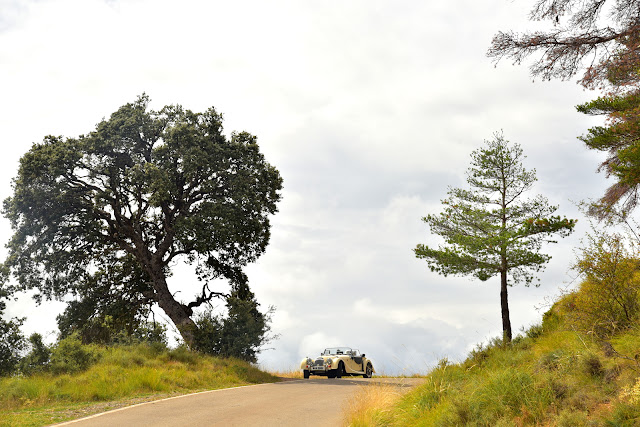Tried out my brothers recipe for fondant today and the bees just love it. Along with syrup fed at the same time, the fondant was attracting the greatest attention. 2kg sugar to 250ml hot water - boiled then simmered for 15mins to 245degF maximum. 2 teaspoons of white viniger and half a stem of lemongrass added. Allowed to cool to 180 deg then wisked to whiten with air bubbles. Lemongrass removed during the wisking and re-added later. Poured onto foil to cool and later sliced into strips.
 |
Foil left outside for bees to clean up |
 |
Fondant above top bars |
 |
Plenty of pollen being gathered |
 |
Busiest hive enjoyes the sunniest position |















































